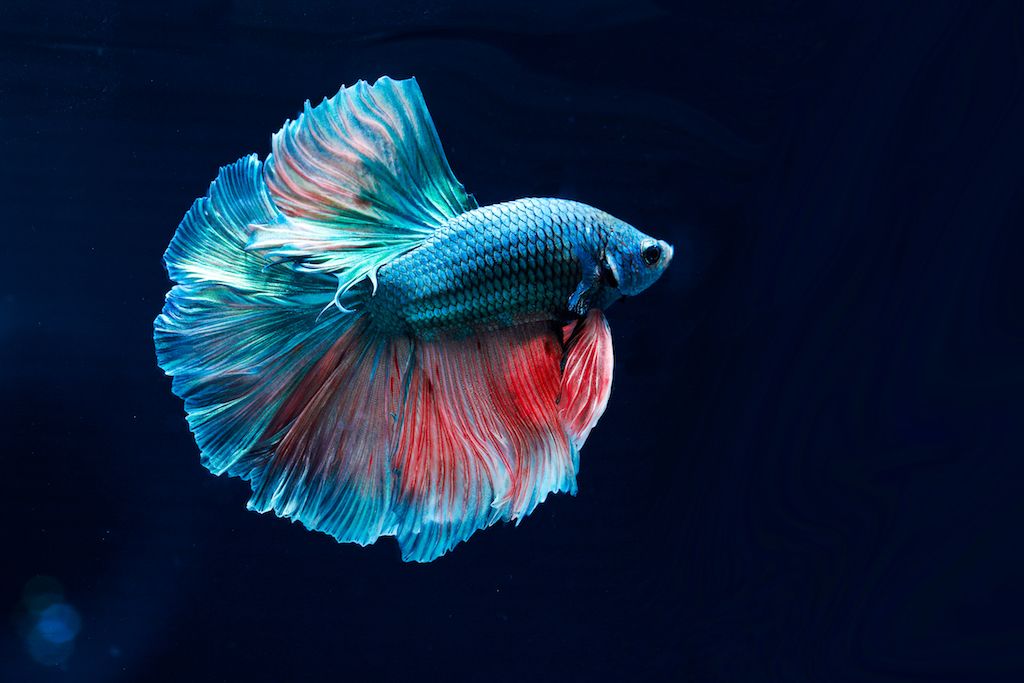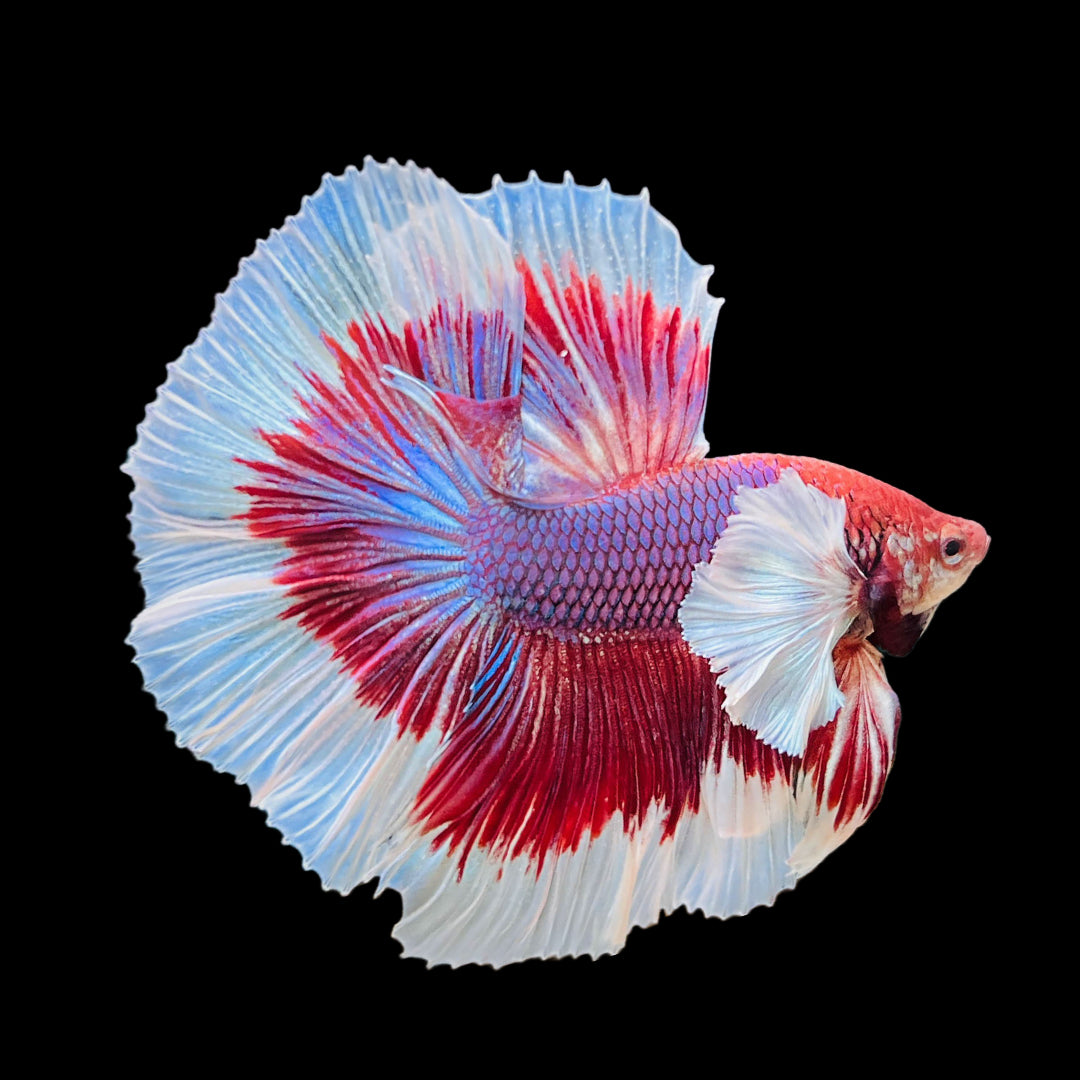Exactly How to Breed Betta Fish Efficiently: Professional Techniques and Insights for Hobbyists Wanting To Broaden Their Betta Collection
Breeding Betta fish calls for a nuanced understanding of genetics and environmental problems, making it vital for enthusiasts to approach the procedure with both diligence and care. Developing an optimal reproduction atmosphere, picking the right sets, and observing the complexities of their courtship behaviors are foundational steps that can significantly affect the end result. The succeeding care of the fry is essential for ensuring their healthy and balanced growth. As we check out these key elements, it becomes clear that successful reproduction is not practically the first pairing but includes a more comprehensive technique that advantages careful consideration.
Comprehending Betta Fish Genes
Understanding the genetics of Betta fish is vital for effective breeding, as it affects qualities such as shade, fin shape, and behavior. Betta fish exhibit a varied array of colors and patterns, largely determined by their hereditary make-up.
Along with coloration, fin morphology is another substantial facet of Betta genes (betta fish). The sizes and shape of fins are influenced by numerous genes, including those that determine whether the fins are short, long, or veil-shaped. Recognizing these hereditary variations helps dog breeders anticipate the phenotypic outcomes of their spawn
In addition, behavior characteristics such as aggressiveness and territoriality can additionally be influenced by genetics. These actions play an important role in the breeding procedure, as they can influence spawning success and the total personality of the resulting fry. By adequately recognizing these hereditary concepts, breeders can make enlightened decisions, ultimately boosting their breeding programs and achieving desirable outcomes.
Preparing the Reproduction Atmosphere
Creating an optimal breeding atmosphere is essential for the successful recreation of Betta fish. The initial action in preparing this atmosphere is to choose an appropriate reproduction storage tank, ideally varying from 5 to 10 gallons.
Following, consider making use of a sponge filter or an air rock to offer mild water blood circulation without producing strong currents that can worry the fish. It is vital to set up plants or breeding cones to provide hiding places and promote comfort for the woman during the spawning process. Drifting plants, such as Java moss or water sprite, can additionally create a much more native environment while facilitating bubble nest structure by the male.
Prior to presenting the breeding pairs, make sure the water is conditioned and devoid of harmful chemicals, such as chlorine or hefty steels. betta fish. Normal water modifications ought to be performed to keep optimum water high quality, boosting the possibilities of effective breeding. With these preparations in area, the reproducing setting will support the health and wellness and well-being of both Betta fish
Choosing Reproduction Pairs
Choosing the appropriate reproduction pairs is vital for achieving effective Betta fish recreation. Healthy and balanced Betta fish exhibit dynamic colors, clear eyes, and energetic habits.
Temperament is one more important consideration, as Betta fish are recognized for their hostile nature. It is recommended to choose a male and woman that display suitable temperaments to minimize anxiety during the breeding procedure. A calm male can encourage a smoother courtship, while a lady that is too aggressive might interfere with the process.
Genetic background additionally plays a substantial function in the top quality of the offspring. Reproducing fish that are genetically varied can minimize the threat of hereditary Recommended Site wellness problems and improve the total vitality of the fry. It is helpful to research the family tree of both the man and lady, focusing on desirable traits such as fin type, color scheme, and dimension.
The Breeding Process
The breeding process of Betta fish calls for cautious preparation and focus to detail to ensure a successful end result. It is essential to prepare an ideal breeding storage tank, preferably click to investigate a 5-10 gallon fish tank with a temperature maintained at 78-80 ° F. The tank ought to be geared up with a heating unit, filter (ideally sponge type to avoid strong currents), and a lot of water plants for the female to hide.
As soon as the setting is set, present the selected reproducing pair to the storage tank, permitting them to accommodate. Observe their habits; the man will display fancy courtship routines, consisting of flaring his fins and developing a bubble nest. If the female reveals rate of interest, she will betta fish show upright red stripes suggesting readiness for spawning.
When the lady is responsive, the pair will involve in a mating embrace, throughout which the male feeds the eggs. Keeping optimum water conditions during this period is essential for the growth of healthy and balanced Betta fry.
Caring for Betta Fry

Feeding Betta fry is crucial, as they need a diet high in protein. They can be fed infusoria or liquid fry food, transitioning to carefully smashed high-quality pellets as they grow. Feed little parts numerous times a day to urge healthy growth without overwhelming the container with uneaten food.

As they grow, monitor their growth very closely and separate any kind of aggressive people to stop harm. By supplying a nurturing setting and proper nourishment, enthusiasts can successfully elevate Betta fry into dynamic, healthy fish, inevitably improving their reproduction endeavors.
Final Thought
Successful Betta fish reproduction needs thorough focus to genetic selection, environmental conditions, and care for the fry. By comprehending the genetics of Betta fish and preparing a proper breeding environment, hobbyists can enhance the possibilities of creating dynamic, healthy children.